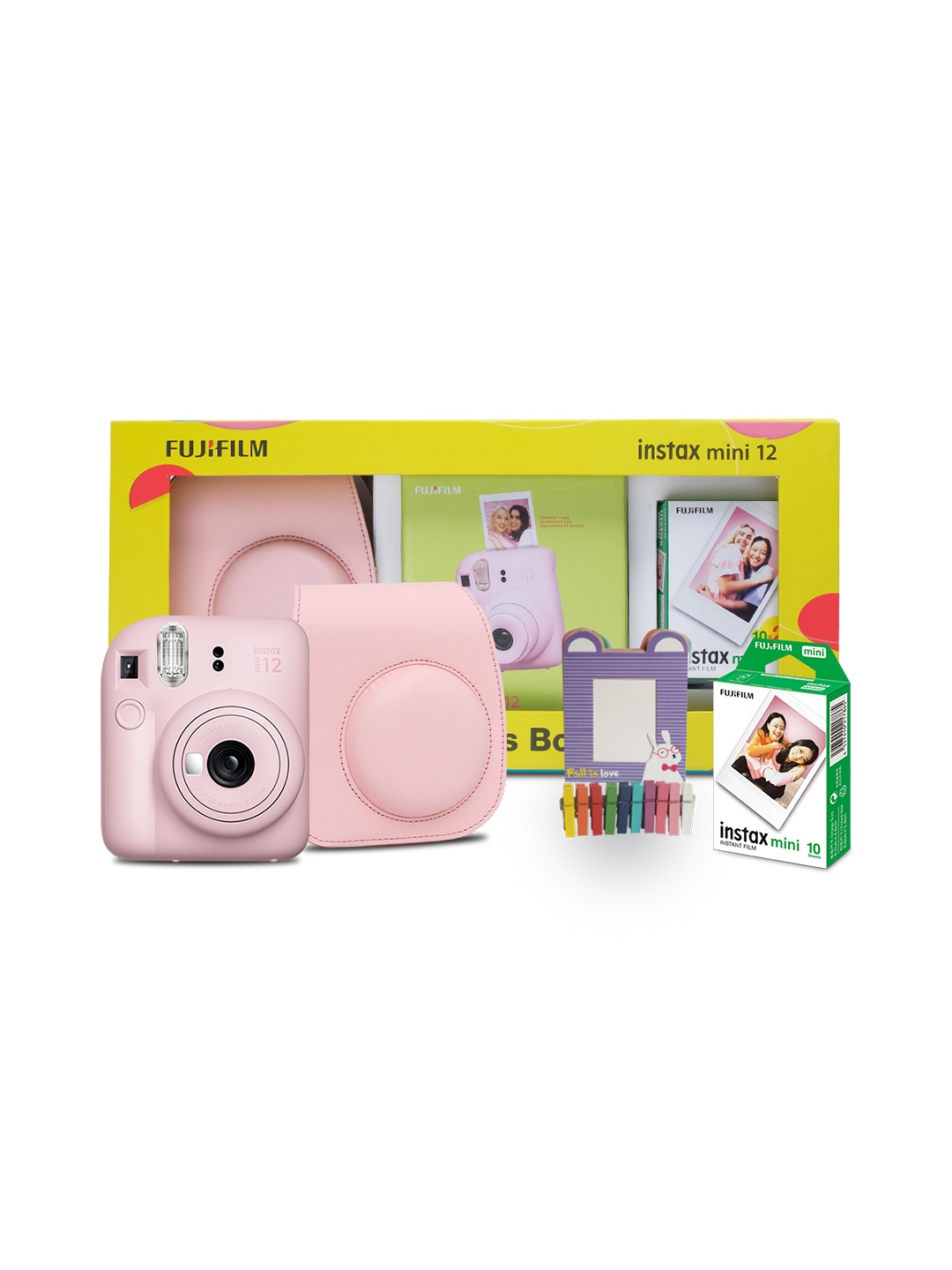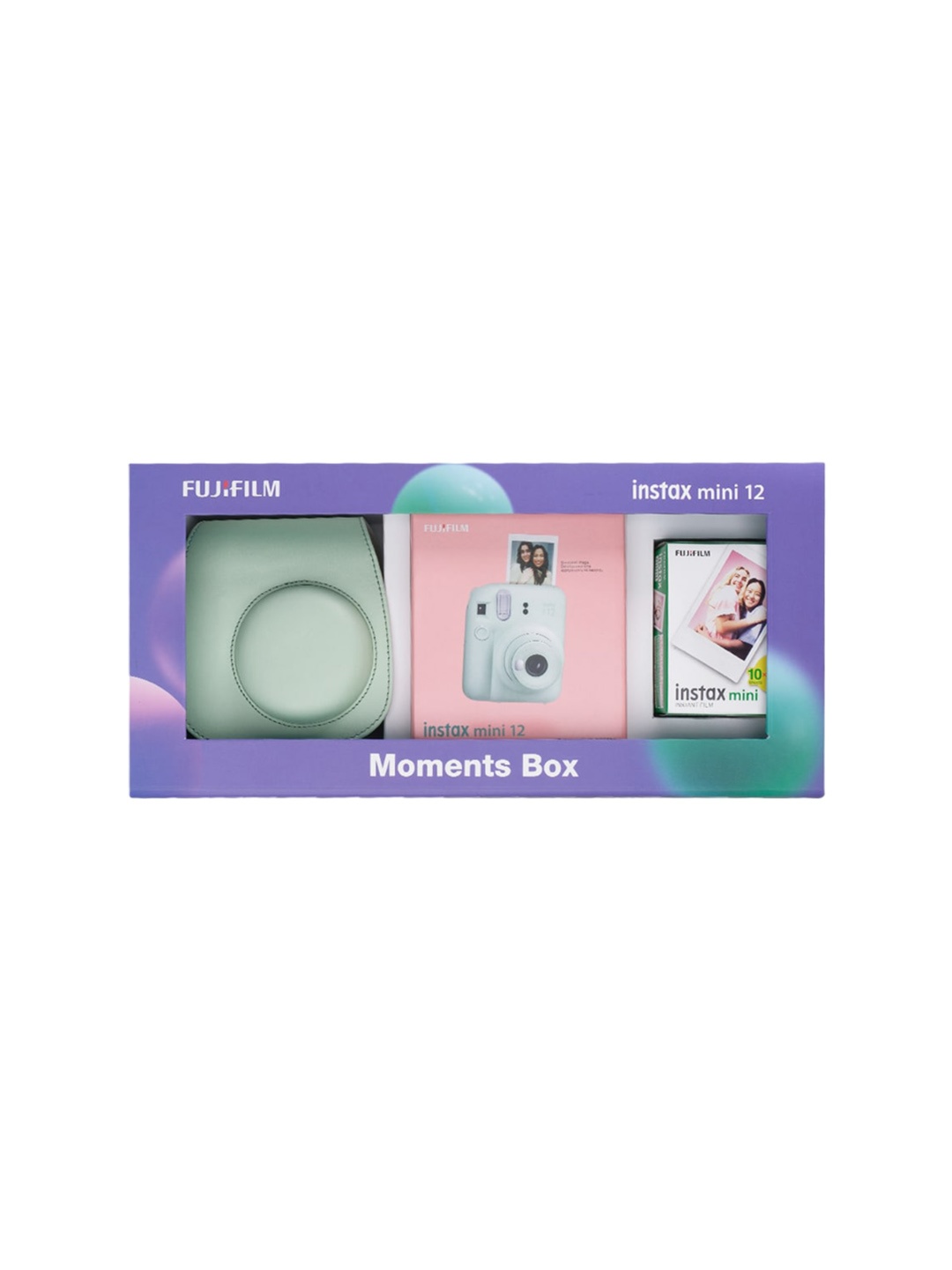How To Choose The Right Multimedia Speaker For Your Room Size
Choosing the perfect multimedia speaker for your space does not have to feel like decoding rocket science or burning a hole in your wallet. Whether it is a late-night playlist or a cricket screening, your sound system should fit your room and budget.

How To Choose The Perfect Speaker For Your Room: Top Tips And Setups
There's something magical about good sound. It can transport you to a live concert, bring the movie theatre home, or simply make that Sunday cleaning session a bit more bearable. But here's the tricky part: choosing the right multimedia speaker. Walk into any electronics store or scroll through an online shopping app, and you're bombarded with specs, wattage, decibels, and a whole vocabulary that feels more sci-fi than sound.
And let's not forget pricing, some systems cost as much as a second-hand scooter. So how do you pick one that fits both your room and your budget without being swayed by flashy packaging or overhyped branding? This guide breaks it down for you, room by room, sound by sound, rupee by rupee. So grab a chai, get comfortable, and let's dive in and check the top 10 tips.
Elevate Your Room's Audio: Discover The Top 10 Tips For Selecting The Ideal Multimedia Speaker Setup; Photo Credit: Pexels
1. Measure Your Room Before You Measure Your Speakers
Size matters, at least when it comes to sound. Before falling in love with a speaker system that boasts a mind-blowing 1000W, take a look around your room. A small bedroom with thick curtains and cushioned furniture won't need the same power as a spacious drawing room with tiled floors and minimal decor.
A good rule of thumb? For rooms less than 150 sq. ft., a compact 2.1 speaker system (two speakers, one subwoofer) works beautifully. If you've got a mid-sized hall (around 250–300 sq. ft.), a 4.1 or 5.1 system balances the acoustics better. For larger rooms or open-plan spaces, consider a soundbar with a powerful subwoofer or a full 7.1 setup, just make sure your neighbours are ready for the party too.
Measuring your room not only saves you from overbuying but also ensures you're not underwhelmed by weak sound. After all, there's no joy in splurging on surround sound only to have it echo like a bathroom concert.
2. Match the Wattage with Your Room Dynamics
Wattage sounds intimidating, but it simply tells you how powerful a speaker can get. Now, louder doesn't always mean better. A 50W speaker in a quiet, compact room can give a richer experience than a 200W system struggling to fill a soundproofed living room.
Think of wattage like spice, too little, and the flavour's flat; too much, and you'll be gasping. Bedrooms or study rooms do well with 20W to 50W setups. Larger family spaces can comfortably house 100W to 300W without turning your walls into a vibrating mess.
Also, take your room's layout into account. Rooms with carpets, curtains, and cushioned furniture absorb sound, requiring a bit more wattage. On the other hand, minimalistic spaces with wooden flooring or bare walls reflect sound better and may not need much power.
Don't get swayed by inflated watt numbers. More power means more electricity and higher costs, without necessarily better audio quality.
3. Go Wired, Wireless or Hybrid? Think Lifestyle First
The battle between wired and wireless speakers isn't about what's newer, it's about what suits your life. If you're the kind who rearranges furniture every Diwali or hosts get-togethers often, wireless options make more sense. They're easy to set up, clutter-free, and modern in design.
But if you're looking for longevity, stability, and no-nonsense performance, wired speakers still hold their ground. They usually offer better sound consistency and cost less for the same audio quality.
Hybrid systems are the best of both worlds, Bluetooth or Wi-Fi enabled but with the option of wired support. These are perfect if you want flexibility without sacrificing sound integrity.
Just remember, wireless doesn't mean cord-free living. Most wireless systems still need a power source unless they're portable. So if you're dreaming of a speaker that floats around like a genie, you might want to adjust your expectations (or wait another few decades).
Also Read:8 Reasons Why Your Bluetooth Speaker Sounds Bad And What To Do Instead
4. Speaker Configuration: Don't Be Blinded by Big Numbers
There's a certain thrill in seeing '7.1 surround sound' on the box. It sounds grand, like a home theatre dream come true. But more speakers don't automatically mean better sound. In fact, adding too many can muddle clarity if your room doesn't support them.
For small to medium rooms, a 2.1 or 3.1 setup gives focused, clean audio, great for music, movies, or Zoom calls that don't sound like they're happening underwater. A 5.1 setup adds surround sound, which is excellent for larger living rooms or those with a projector and screen.
Before adding extra satellites, check if you actually have the space to place them right. Poor placement leads to uneven sound, defeating the purpose of that extra .1 or .2.
Remember, even a well-tuned 2.1 system can outperform a badly placed 5.1 set. It's not a speaker-count competition, it's about harmony.
5. Don't Ignore the Subwoofer, It's the Soul of the Sound
A good subwoofer is like the dhol in a bhangra track, it gives punch, rhythm, and that chest-thumping energy we secretly live for. But it's often underestimated.
In small rooms, a modest 20W–40W subwoofer can add just enough bass to make your music and movies come alive. For larger rooms, look for deeper bass output, just be careful not to overdo it. A subwoofer that shakes the neighbours' ceiling might win you some complaints (and possibly a visit from the society secretary).
Some brands try to sell speaker sets without a proper subwoofer, labelling them as 'compact' or 'minimal.' That's fine for podcast listening, but if you care about cinematic sound or party vibes, make sure the bass is up to the task.
And yes, bass isn't just about boom, it's about balance. Too much, and it'll drown vocals. Too little, and your music sounds like it's stuck in a tin box.
6. Audio Features: Look Beyond the Buzzwords
Every product description these days seems to come with an alphabet soup, DTS, Dolby Audio, HDMI ARC, NFC, and more. While these aren't just marketing fluff, they don't always translate to better everyday experience either.
If you're a movie buff, Dolby Digital or DTS support is genuinely worth it. These technologies create immersive surround effects, especially in larger rooms. HDMI ARC is a godsend for those who hate juggling remotes, one cable to rule them all.
Bluetooth version matters too. Go for 5.0 or higher for stable wireless performance and better range. Avoid speakers that still rely on AUX input alone unless you're nostalgic about tangled wires and patchy connections.
But if the speaker sounds flat even with all these fancy features, it's a no-go. Always prioritise how the audio feels over what the spec sheet says. After all, your ears don't read product manuals, they just want to enjoy the music.
Get Perfect Sound: 10 Key Tips To Choose The Best Multimedia Speaker That Complements Your Room And Needs; Photo Credit: Pexels
7. Brand Reputation vs. Value for Money: Strike a Balance
We all love a good brand name, it gives us a sense of security. But here's the thing: not all expensive brands guarantee better quality, and not all lesser-known ones are inferior. The key is knowing what you're paying for.
For under ₹5,000, you'll find solid options from brands like boAt, Zebronics, or F&D, perfect for compact rooms and casual listeners. Between ₹5,000–₹15,000, you're entering premium territory with names like JBL, Sony, and Philips offering balanced performance and good durability.
What matters more is warranty, after-sales service, and reviews from actual users. A well-reviewed speaker from a local brand might beat a hyped one that's all show and no sound.
Spend smartly. Don't be dazzled by glowing logos or celebrity endorsements, your ears don't care if your speaker was in an advert with a cricketer.
8. Placement Is Everything, Even the Best Speaker Can Sound Terrible If Put Wrong
You could have the world's best speakers, but if they're shoved in a corner behind a flower pot, you'll wonder why everything sounds muffled. Speaker placement can make or break your audio experience.
Ideally, place speakers at ear level when seated. Keep the subwoofer off the floor if it vibrates too much, and avoid putting it inside closed cabinets. For multi-speaker systems, symmetry matters, equal spacing on both sides enhances clarity.
In smaller spaces, wall-mounted speakers free up space and can improve directionality. Just avoid placing speakers too close to walls or windows, they reflect sound weirdly and can cause distortion.
A little experimentation helps. Move your speakers around, test angles, and you'll find that sweet spot where the music hits just right.
9. Look Out for Smart Features That Actually Make Life Easier
Smart features aren't just about tech bragging rights. Done right, they genuinely simplify things. Voice control via Alexa or Google Assistant can come in handy when your hands are busy (like when flipping hot parathas in the kitchen).
Multi-device pairing lets the whole family connect their phones without a mini drama about who gets the aux cable. In-built apps like Spotify or YouTube Music are a nice touch, especially if you want to stream without always reaching for your phone.
But beware of gimmicks. A speaker that boasts 20 features but falters in audio quality isn't worth it. Look for features that match your routine, not the tech showroom's wishlist.
Think of smart features like chutneys, great when they complement the dish, but not the main course.
10. Budget First, Then Browse, Not the Other Way Around
Let's face it: online shopping can be a trap. One minute you're checking out budget speakers under ₹3,000, and the next, you're halfway through an EMI plan for a ₹25,000 monster system.
Set a budget before you start browsing. Think of what you need: movies, music, or background sound while working from home. Then shortlist your range. There are great options at every level, ₹2,000 speakers that surprise, and ₹10,000 ones that underwhelm.
Avoid the 'buy now, think later' syndrome. Sales can be tempting, but always check specs, reviews, and return policies.
Choosing the right speaker should feel satisfying, not like post-purchase regret. Let your ears and your needs, not just your shopping app, guide the decision.
How To Choose The Perfect Speaker For Your Room Without Overspending: Top Tips & Setups; Photo Credit: Pexels
Products Related To This Article
1. FRONTECH SW-0152-4.1 Channel Speaker System | Bluetooth 5.0-70W Output, USB|BT|FM Support|LED Display, Black
2. ZEBRONICS BT4440RUCF 60W 4.1 Channel Multimedia Speakers With Supporting SD Card, USB, AUX, FM & LED Display
3. PHILIPS Audio MMS2625B 2.1 Channel, 31 W, Bluetooth Connectivity
4. Sony New SA-D40M2 4.1ch Home Theatre/PC Speaker System with 100W Power Output and Powerful Subwoofer
5. Samsung HT-J5100K/XL 5.1 Channel Home Theatre System (Black)
Choosing the right multimedia speaker isn't about picking the most expensive or the most popular, it's about finding the right sound for your space, your lifestyle, and your wallet. It's easy to get lost in the technical jungle, but once you break it down room by room and rupee by rupee, it's quite straightforward.
Whether you're setting up for weekend movie marathons or tuning into soulful melodies on a rainy evening, the right speaker turns a moment into a memory. Measure wisely, listen keenly, and buy smart. And remember, when the sound hits just right, everything else just fades away. Shop now on Amazon.
Disclaimer: The images used in this article are for illustration purpose only. They may not be an exact representation of the products, categories and brands listed in this article.




























